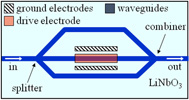Research lines
The following research topics are addressed:
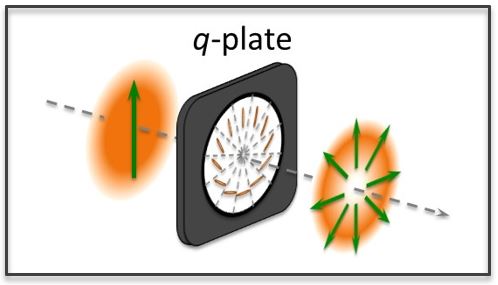 Vector Beams and Spatially Variant Polarization Elements,
Vector Beams and Spatially Variant Polarization Elements,
We develop techniques to generate, detect and analyze vector beams and spatially variant polarization elements.
We use either SLM based optical systems or liquid-crystal geometric phase optical elements such as q-plates, or specially designed diffraction gratings.
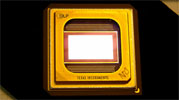 Spatial Light Modulators & Liquid Crystal Devices,
Spatial Light Modulators & Liquid Crystal Devices,
We develop reverse engineering techniques to derive physical models able to predict the modulation of liquid crystal modulators and spatial light modulators (SLM).
We work with different technologies like twisted nematic modulators, parallel aligned nematic modulators, and ferroelectric modulators.
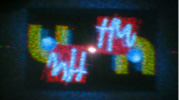 Active and Programmable Optics,
Active and Programmable Optics,
We apply SLMs to develop active optical elements based on their programmability and control from a computer. We develop computer controlled optical elements and systems.
As an example, see here a video demonstrating the real-time control of a laser beam: link
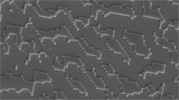 Diffractive Optics & Computer Generated Holograms,
Diffractive Optics & Computer Generated Holograms,
We develop tools for the design, fabrication and evaluation of computer generated holograms (CGH), and digital diffractive optical elements (DOE).
We use iterative algorithms for the design of these elements. We generate detour-phase holograms, kinoform holograms, and geometrical-phase holograms.
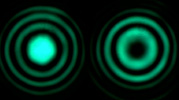 Polarimetry, Interferometry and Optical Sensing,
Polarimetry, Interferometry and Optical Sensing,
We apply SLMs and CGH for different techniques in polarimetry and interferometry, in order to develop optical sensing methods.
We investigate schemes to propagate electromagnetic pulses with extremely small (slow light), superluminal or negative (fast light) group velocity. We develop theoretical models and perform experiments in the RF and MW range, including multiple-beam interferometers and multilayer photonic structures.
